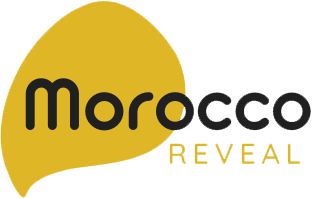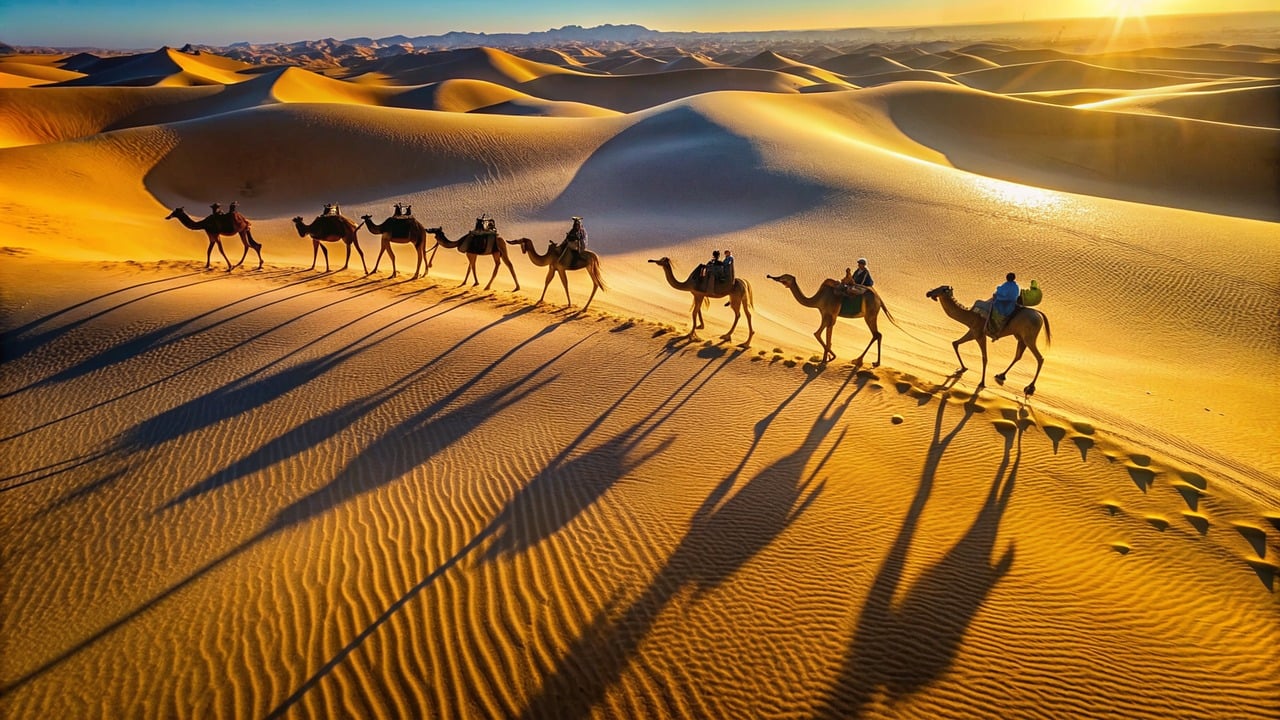Morocco is a land of mesmerizing contrasts and rich cultural tapestry that beckons travelers with its vibrant colors, intricate architecture, and warm hospitality. From the bustling markets of Marrakech to the serene blue streets of Chefchaouen, every corner of this North African gem tells a story of ancient traditions and modern aspirations. The desert dunes of Merzouga whisper tales of nomadic life while the lush valleys of the Atlas Mountains offer a tranquil retreat for those seeking solace in nature’s embrace. Whether you lose yourself in the labyrinthine medinas or savor the flavors of tagine and mint tea, Morocco’s allure is boundless, promising a wanderful experience that lingers in the heart long after the journey ends.
Marrakech
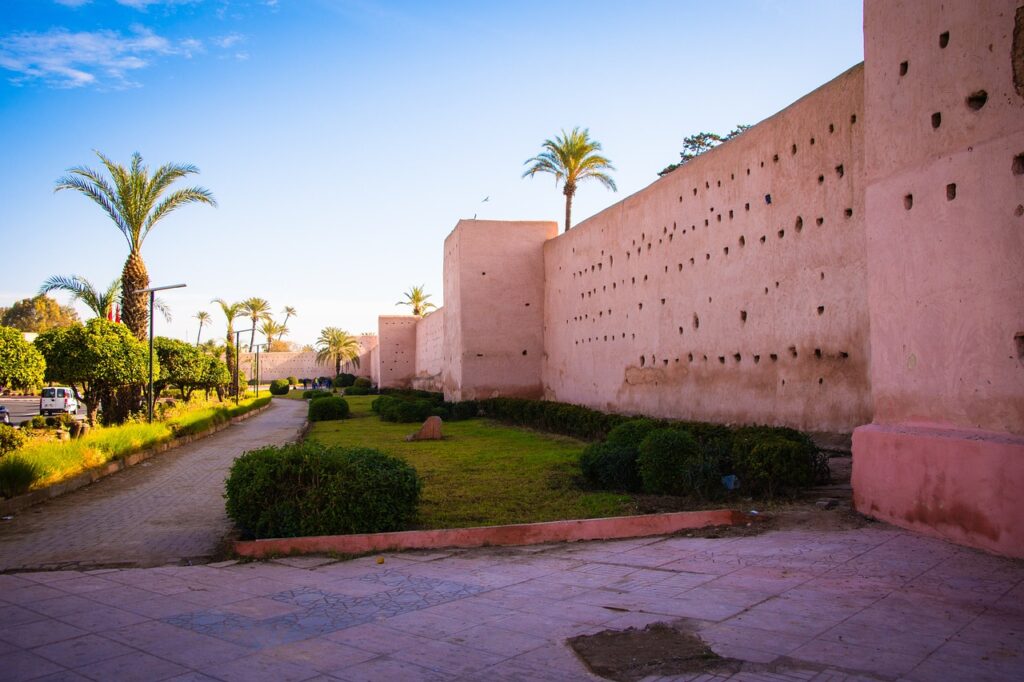
Marrakech, an enchanting city in Morocco, captivates visitors with its vibrant energy, rich history, and exotic charm. The heart of the city beats within the ancient walls of the Medina, where narrow alleys lead to bustling souks brimming with colorful textiles, spices, and handicrafts. At the heart of it all stands the iconic Jemaa el-Fnaa square, where snake charmers, storytellers, and food stalls create a sensory feast for the curious traveler. The city’s architectural marvels, from the intricate tile work of the Bahia Palace to the soaring minaret of the Koutoubia Mosque, speak of a storied past infused with Berber, Arab, and Andalusian influences. As the sun sets over the red walls of the city, Marrakech transforms into a magical oasis where traditional music mingles with the scent of orange blossoms, leaving visitors spellbound by its timeless allure.
Atlas Mountains
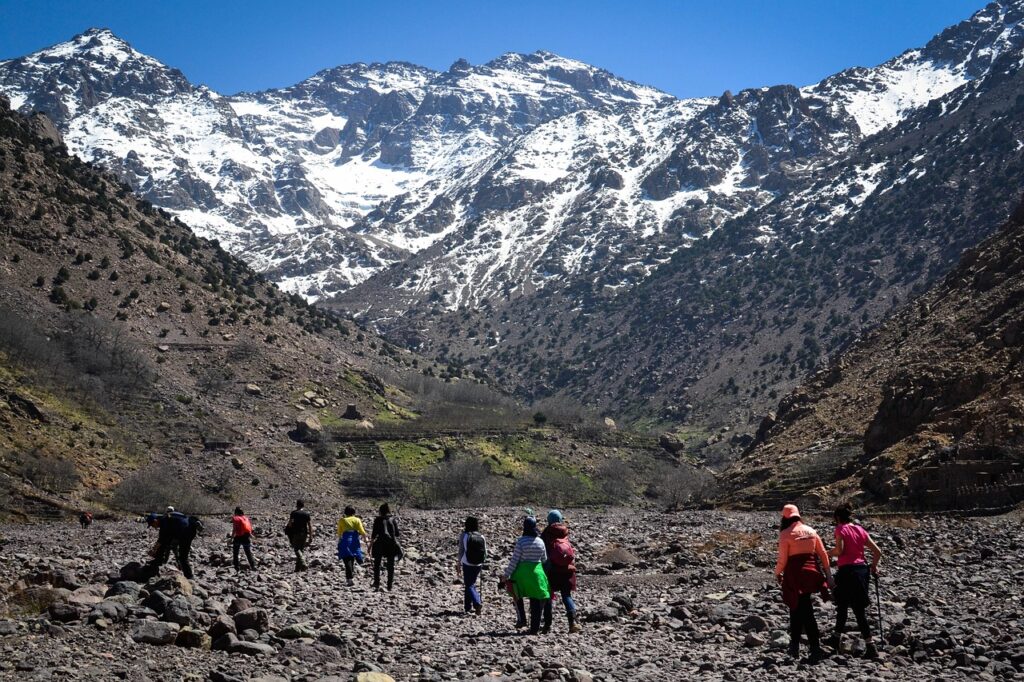
The Atlas Mountains in Morocco present a majestic landscape of rugged peaks, verdant valleys, and ancient Berber villages that seem suspended in time. These towering ranges, dividing the country between the arid Sahara desert and the fertile plains, offer a sanctuary for those seeking adventure and tranquility in equal measure. As you traverse the winding roads that snake through the mountains, you’ll encounter breathtaking vistas of snow-capped summits, terraced fields dotted with olive groves, and cascading waterfalls that seem to flow from the heavens. The Atlas Mountains are not just a geographical marvel but a cultural crossroads where nomadic traditions meet modern aspirations, where hospitality is as vast as the mountain vistas themselves. Whether you choose to hike to remote villages, sample traditional mint tea in a mountainside kasbah, or simply bask in the serene beauty of the landscape, the Atlas Mountains of Morocco promise an unforgettable journey into the heart of North Africa’s natural and cultural treasures.
Sahara
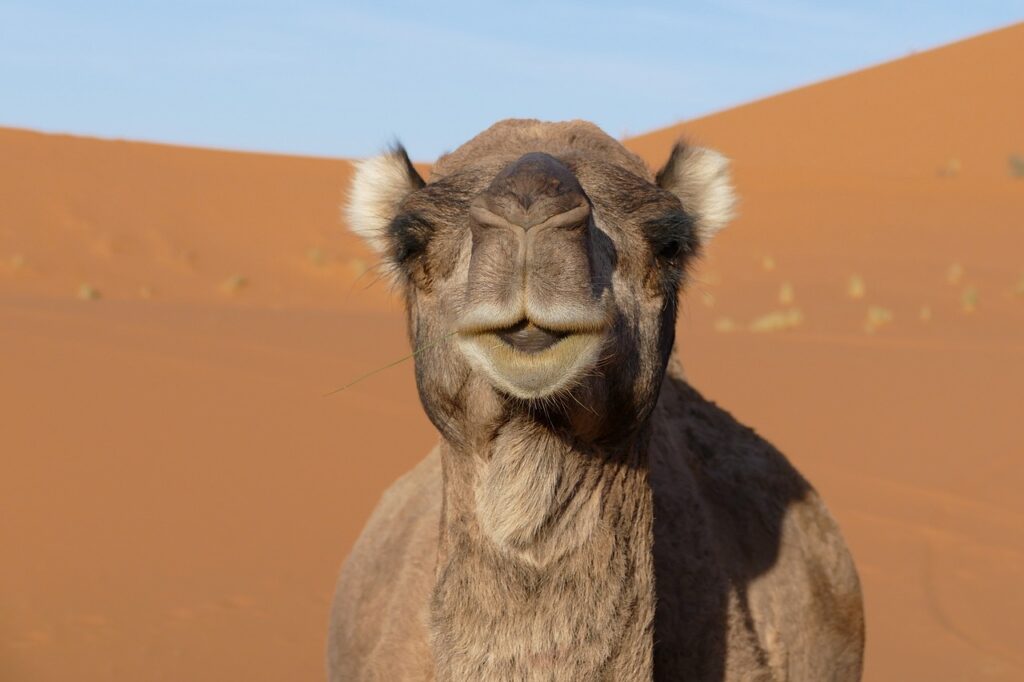
The Sahara Desert in Morocco is a vast and mesmerizing expanse of golden dunes, endless horizons, and ancient mysteries that beckon adventurers and dreamers alike. Stretching across the southern reaches of the country, this legendary desert landscape captivates with its stark beauty and ethereal silence. As the sun casts its warm glow over the undulating sands, the Sahara reveals its ever-shifting patterns and hues, painting a canvas of solitude and grandeur. Nomadic Berber tribes call this harsh yet enchanting environment home, their traditional way of life intertwined with the rhythms of the desert. Camel treks into the dunes offer a glimpse into this timeless world, where the vastness of the Sahara humbles and inspires in equal measure. By night, under a blanket of stars that seem to touch the very edge of the earth, the silence is broken only by the crackle of a campfire and the haunting melodies of desert songs. The Sahara Desert in Morocco is not just a place; it’s an experience that stirs the soul and leaves an indelible mark on all who venture into its boundless embrace.
Coastal cities
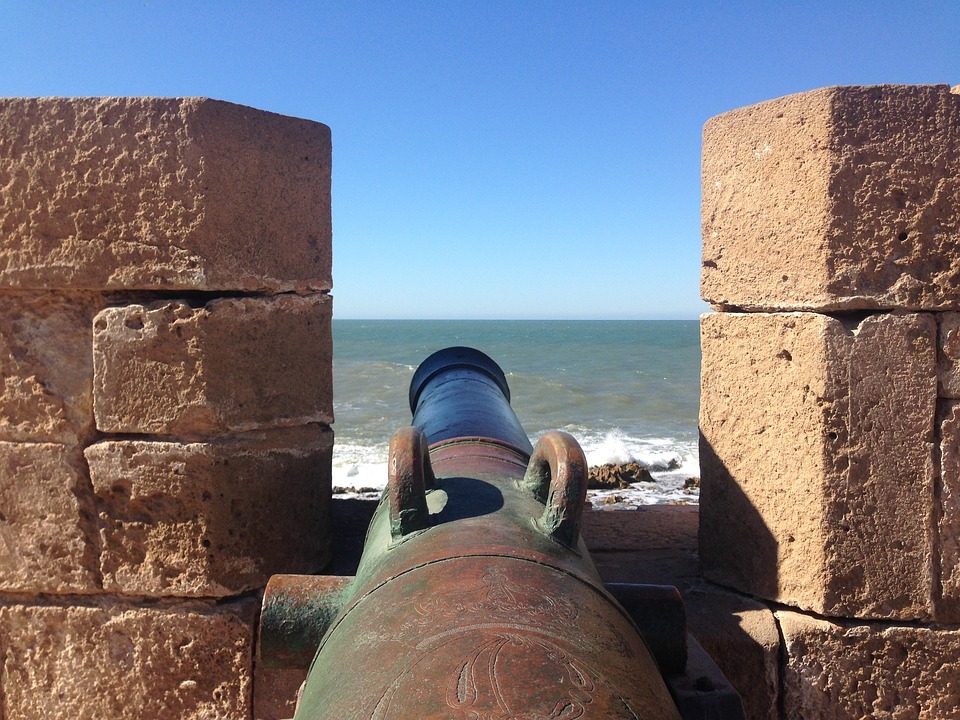
Morocco boasts a stunning coastline dotted with vibrant coastal cities that blend traditional charm with modern amenities. Here are some of the major coastal cities in Morocco:
Casablanca: As one of Morocco’s largest cities, Casablanca is a bustling metropolis known for its iconic Hassan II Mosque, vibrant markets, and lively waterfront. It serves as a major economic hub and offers a mix of contemporary architecture and historic landmarks.
Agadir: Nestled along the Atlantic Ocean, Agadir is a popular resort destination renowned for its sandy beaches and year-round sunshine. Visitors can enjoy water sports, explore the bustling souks, and savor fresh seafood along the promenade.
Essaouira: This charming coastal town exudes a bohemian vibe with its white-washed buildings, art galleries, and laid-back atmosphere. Essaouira is famous for its well-preserved medina, vibrant music scene, and windswept beaches ideal for kite surfing.
Tangier: Positioned at the northern tip of Morocco overlooking the Strait of Gibraltar, Tangier serves as a gateway between Africa and Europe. Its blend of Moroccan, Spanish, and French influences is reflected in its architecture, cuisine, and vibrant cultural scene.
Rabat: The capital city of Morocco, Rabat offers a unique coastal experience with its historic kasbah, royal palaces, and scenic waterfront. Visitors can explore the ancient medina, stroll along the Bouregreg River, and discover the rich heritage of the city.
Food
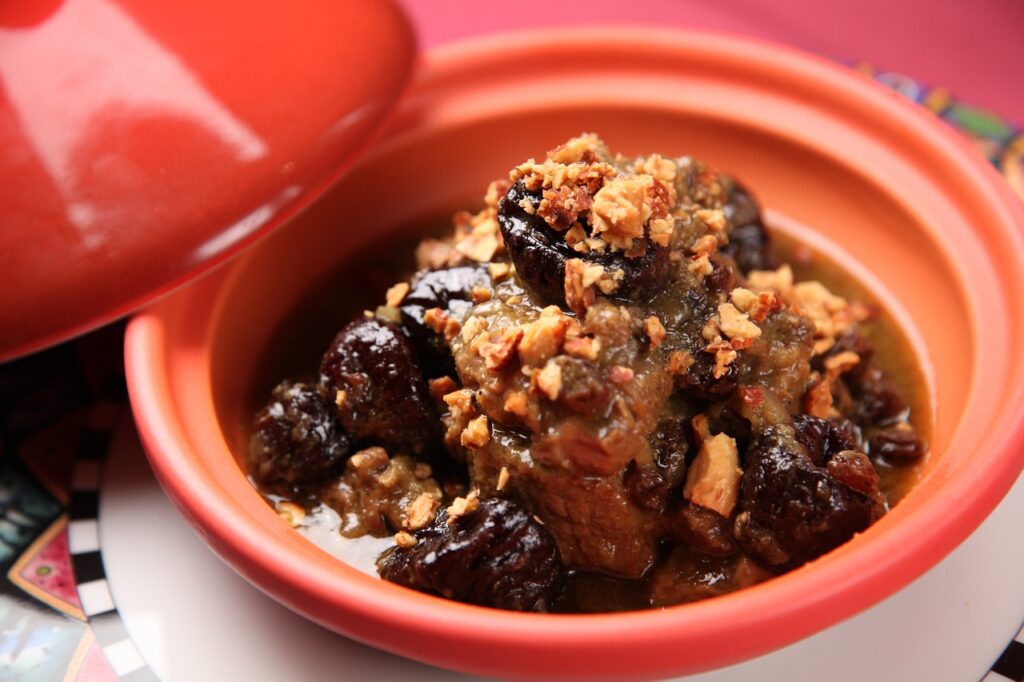
Moroccan cuisine is a tantalizing tapestry of flavors, aromas, and textures that reflect the country’s diverse cultural influences and rich culinary heritage. At the heart of Moroccan food is the tagine, a savory stew cooked slowly in a conical clay pot that infuses meats, vegetables, and spices with layers of intense flavors. Fragrant spices like cumin, cinnamon, saffron, and paprika are used liberally to create dishes that dance on the palate, from tender lamb tagine with apricots to aromatic couscous topped with vegetables and succulent chicken.
The Moroccan love affair with mint is evident in refreshing mint tea, a symbol of hospitality and a staple in social gatherings. Street food delights abound, from crispy pastries filled with spiced meats to grilled kebabs and fluffy msemen pancakes drizzled with honey.
Moroccan sweets are a feast for the senses, with delicate pastries like baklava, chebakia, and ma’amoul offering a symphony of nuts, honey, and rosewater. Every meal in Morocco is a celebration of community, tradition, and the art of savoring each bite, inviting travelers to embark on a culinary journey that is as vibrant and diverse as the country itself
Architecture
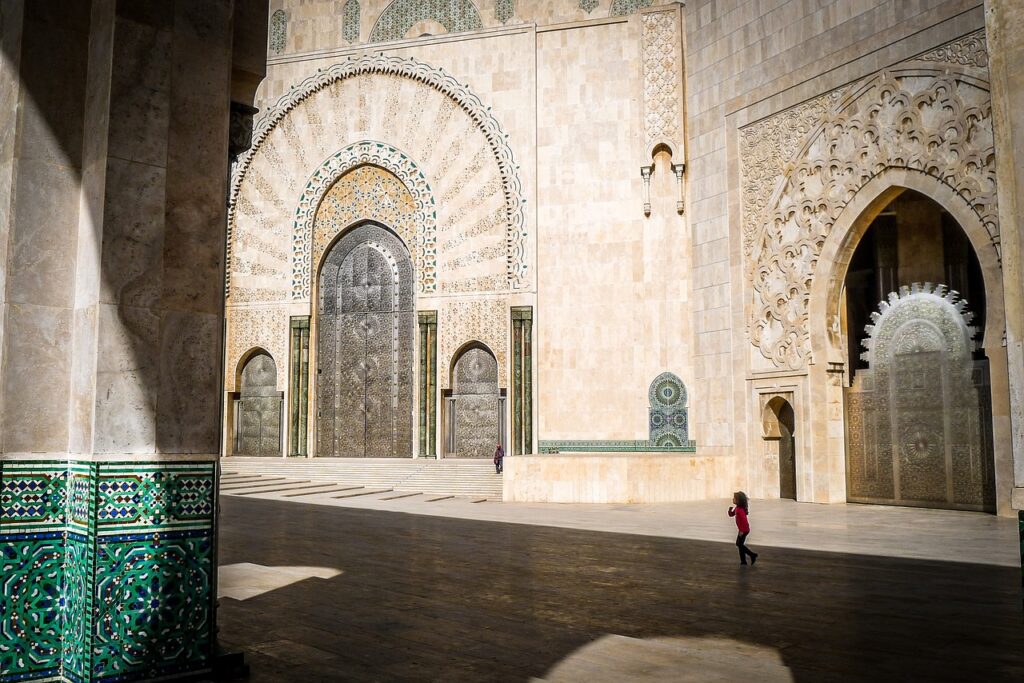
Morocco’s architecture is a stunning reflection of its rich history, diverse cultural influences, and intricate craftsmanship. From the ancient medinas to the ornate palaces and mosques, Morocco’s architectural landscape is a tapestry of styles that have evolved over centuries.
One of the most iconic features of Moroccan architecture is the riad, a traditional courtyard house typically found in the heart of the medina. Riads are characterized by their inward-facing design, with lush gardens or fountains at the center, surrounded by intricately tiled walls, carved wooden doors, and decorative archways that showcase exquisite Islamic geometric patterns.
Moorish and Andalusian influences are prevalent in Morocco’s architecture, with ornate tile work, intricate stucco carvings, and horseshoe arches adorning many buildings. The historic city of Fes, known for its well-preserved medieval architecture, is a prime example of this style, with its labyrinthine streets, ancient mosques, and grand palaces that transport visitors back in time.
In contrast, Morocco’s modern architecture is a blend of contemporary design and traditional elements, seen in the sleek lines of new luxury hotels, art galleries, and cultural centers that dot cities like Casablanca and Rabat. The Hassan II Mosque in Casablanca stands as a testament to modern Moroccan architecture, with its towering minaret, intricate mosaics, and stunning oceanfront location.
Morocco’s architectural heritage is not just limited to buildings but extends to its public spaces as well. The bustling souks, or markets, are a feast for the senses with their vibrant colors, intricate tile work, and bustling atmosphere that offer a glimpse into everyday Moroccan life.
Overall, Morocco’s architecture is a captivating blend of old and new, tradition and innovation, that continues to inspire awe and admiration among visitors from around the world. Whether exploring the historic streets of Marrakech or admiring the modern skyline of Casablanca, Morocco’s architectural treasures are a testament to the country’s enduring legacy of creativity and craftsmanship.
Handicraft
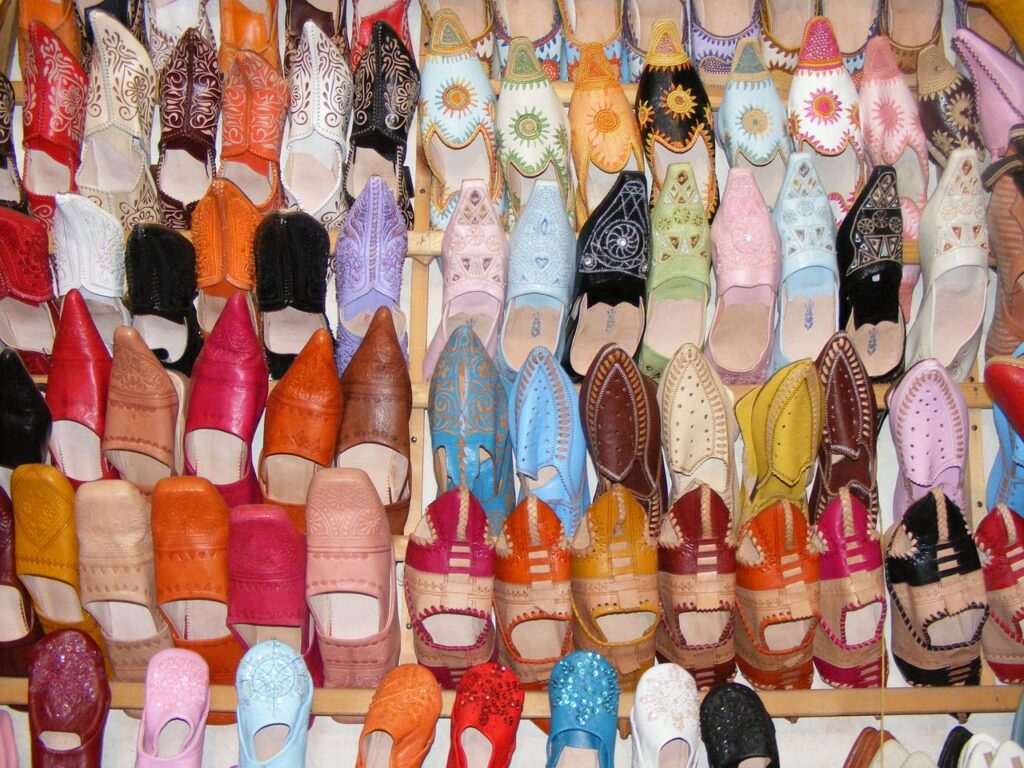
Morocco’s rich artisanal heritage is a vibrant tapestry of skilled craftsmanship, intricate designs, and cultural traditions that have been passed down through generations. From the bustling souks of Marrakech to the coastal towns of Essaouira, the country’s diverse landscape is dotted with workshops and markets where artisans create a dazzling array of handcrafted goods.
One of the most iconic crafts in Morocco is the art of pottery, with cities like Safi and Fez renowned for their vibrant ceramics adorned with traditional geometric patterns and bold colors. Skilled artisans shape clay into tagines, plates, and decorative tiles using techniques that have remained unchanged for centuries.
Moroccan textiles are another hallmark of the country’s artisanal tradition, with handwoven rugs, intricate embroidery, and luxurious fabrics showcasing the artistry and creativity of local weavers and textile artists. The famous Berber carpets, with their intricate motifs and rich hues, are prized for their quality and craftsmanship.
Metalwork is also a significant part of Morocco’s artisanal landscape, with artisans in cities like Marrakech and Tetouan crafting exquisite lanterns, trays, and furniture using traditional techniques such as filigree and hammered metalwork. The intricate designs and intricate patterns found in Moroccan metalwork are a testament to the meticulous skill and attention to detail of the artisans.
Leatherwork is another celebrated craft in Morocco, with the tanneries of Fez producing some of the finest leather goods in the country. Skilled craftsmen dye and shape leather into bags, shoes, and traditional slippers known as babouches, using techniques that have remained virtually unchanged for centuries.
Morocco’s artisanal traditions are not just a source of economic livelihood but a cultural treasure that reflects the country’s history, identity, and creativity. Visitors to Morocco are often captivated by the sight of artisans at work in bustling souks, where the sights and sounds of traditional craftsmanship come alive, offering a glimpse into the soul of this vibrant and diverse country.
